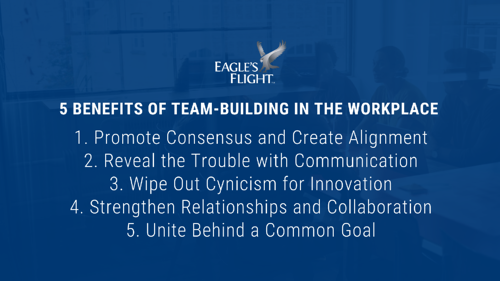Obvious news flash: Many decisions go into planning a corporate event, from finding the right location and determining menu selections to agenda constraints and giveaways or no giveaways. You even need to consider lighting. Before you can plan the details of your event, take time to brainstorm what will truly make it successful. These four tips will help you plan an event that’s memorable, informative, and dare I say, fun.
1. Determine the Goals of Your Corporate Event First
Educate, inform, drive behavior change, introduce, celebrate, or improve skills—these are all potential goals. Whatever you choose will drive the rest of your event planning, from your budget and venue choice to content and approach. Ensure the goal is strategically aligned with the company’s overall business goals, which will improve the chances that your executives are more eager to buy into your plans. Determining goals first also allows you and your team to clarify a plan of action for measuring event ROI, something else near and dear to the executives.
2. Incorporate a Fun, Relevant Theme
Pick a fun theme to excite and engage your participants throughout the event. You can even get them involved beforehand by asking them to brainstorm ways they can come to the event fully immersed in the theme—outfits, bringing theme-related items, viewing related videos prior, or team-related pre-work. Themes don’t just present an opportunity to amp up excitement; they can also be used to make your corporate event feel more cohesive, especially if it spans multiple days. Weave elements of your theme throughout different activities to connect the dots for participants.
When you do decide to incorporate a theme into the event, make sure you pay close attention to the details. A half-hearted attempt at carrying out a theme may deflate participants more than it pumps them up, whereas a carefully considered and well-executed one sends the message that your company has invested time and energy into creating this event—and participants are expected to do the same.
3. Keep Participants Engaged with Immersive Activities
If one of the goals of your event is to teach participants new skills, explore training approaches that require active participation. Getting your participants out of their chairs and interacting with one another creates excitement throughout the event. Plus, participatory learning is often more effective in the long term for retention. When participants learn by doing, that knowledge stays with them much longer in comparison to passive learning strategies. We have all been there before and know it’s far easier for participants to “clock out” on a lecture or PowerPoint presentation than it is with an engaged a hands-on learning activity.
If you’re thinking about including immersive training activities at your event, be sure to consider experiential learning. In an experiential learning exercise, participants are tasked with working together to tackle a fun but challenging “project” and the skills needed to successfully complete the challenge are the same ones needed to succeed at work. One of the biggest benefits is that it teaches participants new skills and allows them to practice them during the same exercise. Allowing participants to practice in a conference setting, wherein they’re able to get immediate feedback from facilitators, gives them a chance to refine and perfect those skills before they use them on the job. Plus, experiential learning is a good fit for all types of learners, thereby making it ideal for events put on for a diverse workforce.
4. Invest in Retention Tools and Strategies
No corporate event should be a “one-and-done” affair. If it focuses on teaching participants new skills and information, make sure you have a plan in place to help participants remember the lessons learned. Some post-event retention tools may include:
- Online videos or webinars that serve as refreshers on event training
- Interactive online games that test participants’ knowledge and retention of key concepts
- Group discussions that explore the challenges and solutions addressed during the event
- Forums on which participants can post follow-up questions and discussions
Keeping retention in mind throughout the planning process also helps you design components that support long-lasting learning.
If you planned a particularly well-received corporate event before, let us know what elements you think contributed to its success.











